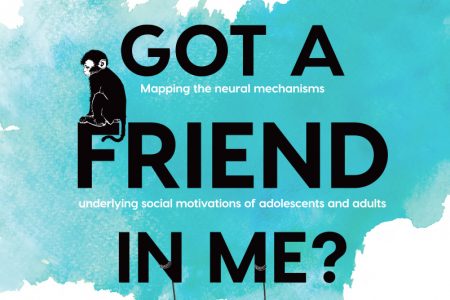2toDrive: Making adolescents better drivers
Young drivers are far more likely to be involved in a traffic accident than older drivers. Of course, these young drivers are less experienced than older drivers. But this is not the whole story.
Drivers who obtain their license at a later age are less often involved in accidents in the first years of driving than those who obtain their license at a younger age. How can adolescents become better drivers?
Mandatory adult passenger
A couple of years ago a new type of driver’s license was introduced for adolescents. Before that adolescents could start driving lessons when they were 18 years old and were free to drive in every situation once they had passed their driving test. It is now possible to start driving lessons at the age of 16.5 and take the test at the age of 17. However, there is a catch. Adolescents who obtain their driver’s license at 17 can only drive with their parents or another, pre-determined, adult over the age of 25. In Germany this new type of driver’s license resulted in 30% fewer crashes and 20% less traffic violations for young drivers. In the Netherlands, the effects of the new license have not yet been evaluated, but similar effects are expected.
The effect of passengers on risky driving
To investigate adolescent driving behavior, researchers installed a small device in the cars of newly licensed drivers. This device measured risky driving i.e. speed and sudden stops of the vehicle, as well as crashes and near-crashes. The researchers also installed a camera so that they could see who was in the car. What they found was that having a passenger in the car decreased risky driving behavior, and with an adult passenger the risky driving seems lower than when a peer was present. Furthermore, when young drivers drive with an adult passenger they have fewer crashes than when they are alone, but there was no difference in the number of crashes between driving alone and driving with a peer as passenger.
Why do adolescents drive more safely when an adult is present?
Possibly this is because adolescents are highly influenced by their friends and not by adults. One of the behaviors in which they are influenced by their friends is risk-taking behavior. To see whether this higher risk-taking behavior could be explained from brain activation, researchers had adolescents play a driving game in which they could take risks by running an orange light. This task was played not only by adolescents, but also by children and adults. Sometimes they played this task with an adult watching, sometimes with a friend watching.
Adolescents showed the biggest increase in risk-taking behavior when their friends were watching, compared to when an adult was watching. Adolescents also showed the highest increase in activation in a brain area that is related to reward processing. The increase in risk-taking and reward processing was not found when adolescents played this game with an adult watching.
The reward mechanism
Possibly such an effect is also present in real world driving situations. When a parent is present, adolescents may take less risks and because their reward areas are not triggered by the presence of adults the success of 2toDrive may partly be explained by this mechanism.





